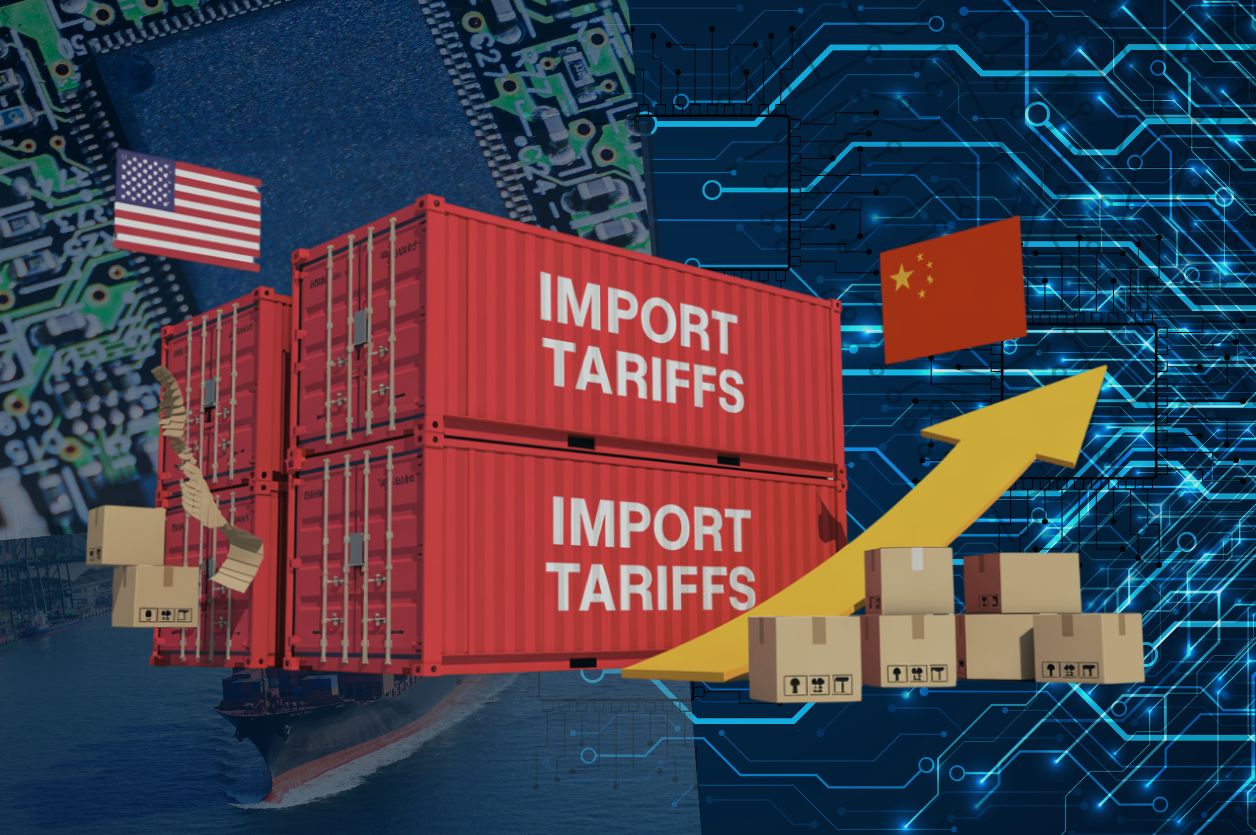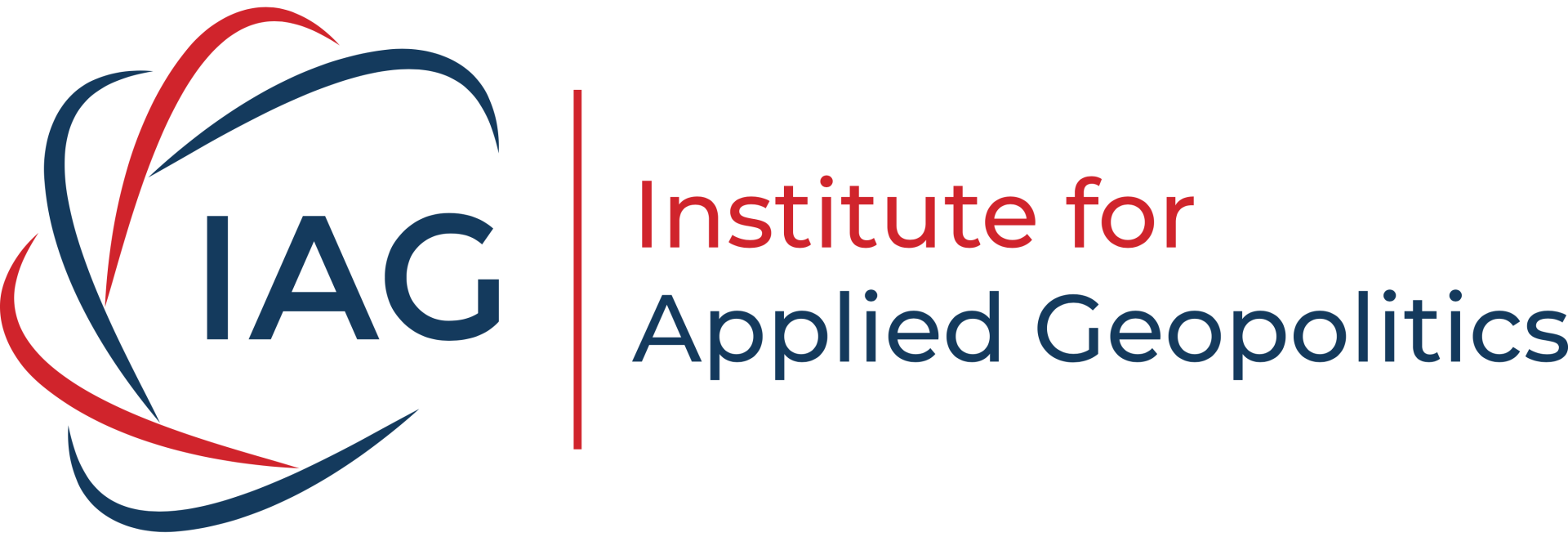U.S.-China Economic Confrontation Deepens as Tariffs, Sanctions, and Tech Controls Expand

Intelligence Summary
In October 2025, the United States and China entered a new phase of economic confrontation. This new phase of confrontation is marked by escalating tariffs, reciprocal port fees, sanctions, and technology-related interventions, effectively extending the confrontation beyond trade and into strategic and security domains. The conflict intensified after U.S. President Donald Trump announced plans to impose an additional 100% tariff on all Chinese goods, citing Beijing’s new export controls on rare earth elements and critical minerals as justification. Despite these claims, the Chinese Ministry of Commerce maintained that its export control measures were legitimate actions to safeguard national security and international collective security.
The tariff escalation coincided with the introduction of reciprocal port fees. Today, October 14, both countries began charging additional docking fees on vessels linked to each other’s registries, extending the trade war into maritime logistics. The U.S. move followed an investigation initiated under the previous administration that found China’s dominance in global shipbuilding and logistics stemmed from unfair practices. Beijing’s countermeasure targeted U.S.-owned, operated, or flagged ships, exempting Chinese-built vessels and those traveling to Chinese shipyards for repair. Analysts estimated that the new Chinese port fees could cost major carriers such as COSCO up to $3.2 billion in 2026.
China also imposed sanctions on five U.S. subsidiaries of South Korean shipbuilder Hanwha Ocean, accusing them of assisting U.S. investigations into Chinese maritime and logistics sectors. The sanctioned entities included Hanwha Shipping LLC, Hanwha Philly Shipyard Inc., and Hanwha Ocean USA International LLC. The Chinese Commerce Ministry cited these measures as a direct response to U.S. actions targeting Chinese shipbuilding and logistics industries.
Economic data released by China’s customs agency showed that exports to the United States in September 2025 were down 27% from last year, marking the sixth month of consecutive decline. In contrast, China’s global exports rose 8.3% to $328.5 billion, with shipments to Southeast Asia, Latin America, and Africa increasing by 15.6%, 15%, and 56% respectively. Vice Minister Wang Jun acknowledged that the external environment remained uncertain, while economists warned that expanding export controls could disrupt global supply chains. These events have analysts questioning whether the meeting between Trump and Chinese President Xi Jinping will still take place as planned later this month.
China’s electric vehicle exports doubled on the year in September to 222,000 units, reflecting a strategic pivot toward overseas markets amid domestic overcapacity and price competition. Chinese automakers expanded into Europe, Southeast Asia, the Middle East, and Africa, with BYD reporting an 880% increase in sales in the United Kingdom. The shift came as Western countries imposed new tariffs on Chinese-made EVs, prompting Chinese firms to diversify export destinations.
The U.S. administration implemented new tariffs on imported kitchen cabinets, vanities, and upholstered furniture, citing national security and unfair trade practices. The proclamation signed by President Trump on September 29 imposed a 25% tariff on imported cabinets and vanities, rising to 50% on January 1, 2026. Upholstered furniture faced a 25% tariff, increasing to 30% in the new year. The measure is aimed to boost domestic manufacturing but also has negative effects on small businesses that rely on imported materials. The tariffs were unevenly applied, with lower rates for imports from the United Kingdom, European Union, and Japan.
In Europe, the Dutch government invoked emergency powers under the Goods Availability Act to take control of Nexperia, a Chinese-owned semiconductor manufacturer based in Nijmegen. The Ministry of Economic Affairs cited risks to Dutch and European economic security. The move temporarily restricted the control of China’s Wingtech Technology, Nexperia’s parent company, and allowed the Dutch government to block or reverse company decisions deemed harmful to national interests. Wingtech’s shares fell 10% on the Shanghai Stock Exchange following the announcement. The Chinese Foreign Ministry condemned the action as discriminatory and politically motivated, while the European Commission confirmed it was coordinating with Dutch authorities on next steps.
In Washington, congressional scrutiny of U.S.-China research collaboration intensified. Lawmakers, including Senate Intelligence Committee Chair Tom Cotton, introduced legislation to restrict federally funded research partnerships with Chinese institutions linked to the military. The House Select Committee on the Chinese Communist Party released reports alleging that open research had facilitated Chinese military modernization. A private intelligence report by Strider Technologies identified over 500 U.S. universities and institutions that have collaborated with Chinese military-affiliated researchers, resulting in 2,500 joint publications in 2024, down from 3,500 in 2019 but still significant. The National Counterintelligence and Security Center warned universities to strengthen protections against foreign exploitation of research. The Department of Homeland Security’s latest threat assessment reported that China seeks to illicitly acquire U.S. technology, with 80% of economic espionage prosecutions allegedly involving Chinese beneficiaries.
Why it Matters
The escalation of U.S.-China economic confrontation in late 2025 demonstrates a shift from managed competition to geopolitical decoupling across trade, technology, and research domains. The imposition of 100% tariffs and reciprocal port fees represents a significant expansion of economic warfare into maritime logistics, a sector critical to global supply chain stability. By targeting shipping operations and shipbuilding industries, both sides are signaling that strategic deterrence now extends beyond tariffs to the physical infrastructure of global trade. The estimated $3.2 billion cost to major carriers underscores the scale of economic disruption that could ripple through global freight markets and energy transport routes.
The Dutch government’s seizure of Nexperia marks a significant shift in Europe’s approach to Chinese technology ownership. By invoking emergency powers to assume control of a semiconductor firm, the Netherlands effectively aligned itself with U.S. export control policy, reinforcing a transatlantic consensus on restricting Chinese access to critical technologies. This move also illustrates how national security considerations are increasingly overriding traditional market principles within the European Union. The decision’s coordination with the European Commission suggests that semiconductor governance is becoming a collective European security issue rather than a purely national one.
China’s retaliatory measures, including sanctions on U.S.-linked subsidiaries of Hanwha Ocean and expanded export controls on rare earths, reveal a willingness to weaponize its dominance in critical materials. These actions threaten to disrupt supply chains for advanced manufacturing, renewable energy, and defense industries. The rare earth restrictions, combined with the Dutch semiconductor intervention, highlight the emergence of a global technology ecosystem where access to materials and manufacturing capacity is determined by geopolitical alignment and perceived safety risks rather than market efficiency.
The U.S. tariffs on furniture and cabinetry, though seemingly domestic in scope, reflect a broader strategy of attempting to bring manufacturing to the U.S. under the banner of national security. By invoking security justifications for consumer goods, Washington is normalizing the use of trade policy as a tool of strategic competition. The uneven tariff structure, favoring allies such as the United Kingdom and Japan, also signals a selective approach to trade that strengthens supply chains within friendly nations while isolating China.
China’s surge in electric vehicle exports demonstrates its capacity to adapt to Western trade barriers by diversifying markets. The expansion into economies in Africa, the Middle East, and Southeast Asia not only mitigates tariff impacts but also extends Beijing’s economic influence into regions less aligned with Western trade policy. This diversification could reshape global automotive supply chains and challenge Western efforts to contain Chinese industrial expansion.
The U.S. congressional push to restrict academic collaboration with China highlights the motivation to secure the exchange of knowledge. The identification of thousands of joint research publications involving Chinese military-linked institutions reveals how deeply integrated the two countries’ scientific communities remain despite political tensions. The proposed legislative restrictions, combined with intelligence warnings about espionage, indicate that the U.S. is moving toward a controlled research environment that prioritizes security over openness. This shift could slow innovation and fragment global scientific cooperation, with long-term implications for technological leadership.
Collectively, these developments illustrate a comprehensive shift in policy that encompasses trade, technology, logistics, and research. The convergence of economic, security, and ideological factors suggests that the U.S.-China confrontation is evolving into a sustained strategic rivalry with global ramifications. The alignment of European and U.S. policies on technology control, China’s countermeasures in critical materials, and the use of research for militarization all point to a future in which economic interdependence is replaced by competitive resilience strategies.
Key Actors
- United States
- China
- Netherlands
- European Union

